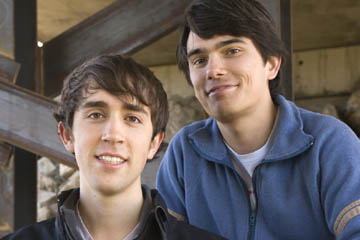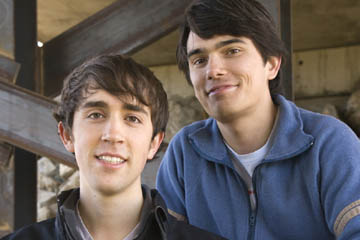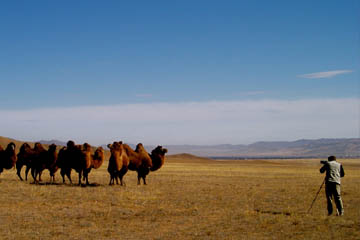
Christopher Rufo and Keith Ochwat / Roughing It Creators
Drinking and travel tend to go hand in hand.
Think of Munich and you can’t help but envision Oktoberfest. Imagine Russia, you inevitably conjure up endless rounds of vodka. Japan equals sake; Mexico, tequila; Italy, wine; Scotland, Scotch.


